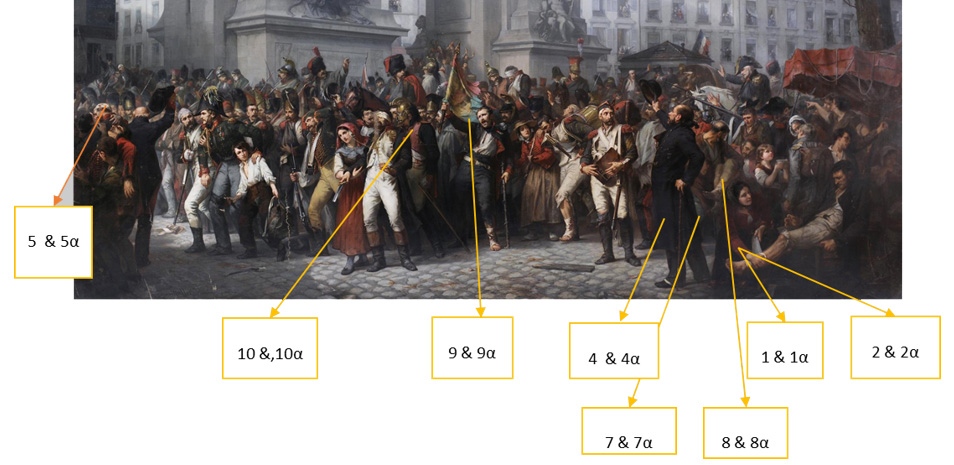Spectroscopic methods are widely used to identify inorganic and organic chemical compounds based on the energy state of their atomic bonds. In particular, the mid-infrared region (4000-400cm-1) is particularly useful for the identification of dyes, preparation materials, coatings, etc. At the same time, it allows the analysis of natural and synthetic conservation materials used in the conservation and restoration of both paintings and plastics. The Fourier Transform InfraRed (FTIR) spectroscopy available at the Physical and Chemical Research Laboratory is very easy to use, as it also allows the analysis of microsamples without special preparation with the ATR device.
Infrared spectroscopy can provide characterisation of classes of organic molecules (such as oils, resins, proteins, etc.) and inorganic compounds (minerals, pigments, etc.) and their mixtures. The mid-infrared region of the electromagnetic spectrum extends in the range 4000-400 cm-1. The radiation energy in this region is high enough to stimulate molecular vibrational transitions within a sample. Materials absorb different amounts of infrared radiation at different wavelengths depending on the chemical bonds present. With FTIR, chemical bonds and functional groups can be identified. FT-IR has been used extensively for both organic and inorganic painting materials on both wood and textile substrates.
FT-IR allows the identification of proteins and oils (Derrick, 1994). However, in the case of organic mixtures, interpretation of the spectra and characterization of the media present can be problematic (Colombini and Modugno, 2004). The identification is based on the detection of amide bond bands characteristic of proteins and the detection of triglycerides present in oils (Pilc and White, 1995; Kouloumpi et al, 2006; Meilunas et al, 1990). In 2005, Van der Weerd et al. published a study on the effect of dyes on the aging process of oily binders, showing the importance and use of FTIR as an analytical technique leading to the characterization of binders. For the case of pigments, FT-IR was a valuable tool. A number of studies have been carried out through different research groups (Bikiaris et al., 1999; Khandekar et al., 2010; Mateo et al., 2009). Similarly, FT-IR has successfully characterized substrate materials (Scott et al., 2009; Genestar, 2002) as well as the varnish layer (Prati et al., 2010; Vagnini, 2009).


